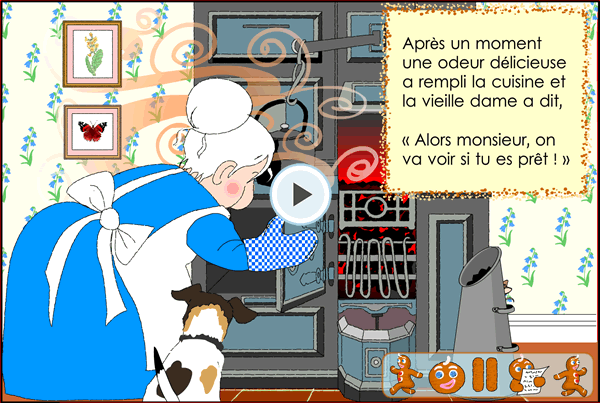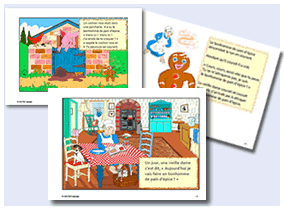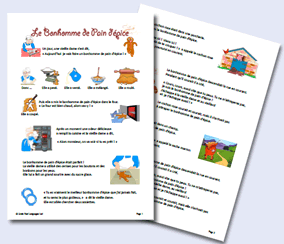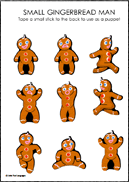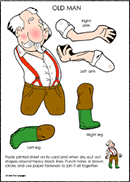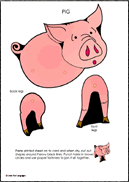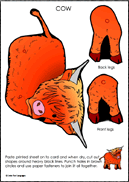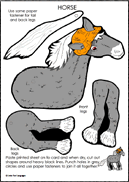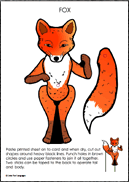Enjoy the traditional story of The Gingerbread Man in a beautifully illustrated animated version, narrated by a lively native French speaker!
The story is supported by a range of linked resources for school and home use to help you enjoy and learn more from the story:
- A4 printable book
- Pupil booklets
- Puppet templates
- Mask templates
- Image gallery
- Interactive whiteboard resources

Can you find the mouse hiding in each scene of the story?
The story is also available in English and Spanish
Printable A4 book - French
Full colour 26 page book with images and text as shown in the animated version.
Click image below to open and save.
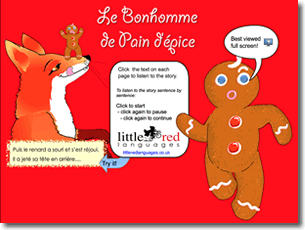
Puppet Templates
Templates are A4 size pdfs and include simple instructions for assembly.
Click an image to open and save an individual template, or download all 8 together.
Masks

Character masks to print out and wear!
Click on a face to open and save an individual mask or download all 6 together.
Smart Notebook - French
A version of the story to use in class on an interactive whiteboard.
If you have problems downloading the Smart Notebook file on your computer, try the zipped version instead.
You will need to have Smart Notebook software or Notebook viewer to open the file.
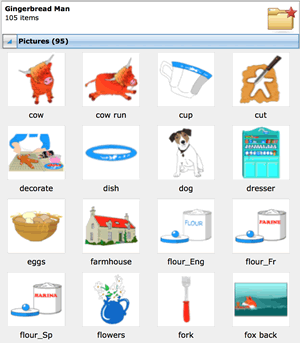
Smart Notebook Gallery Collection
The collection consists of over 100 images from the story - backgrounds, characters, places and objects to help you create your own resources and activities. If you have Smart Notebook installed on your computer, when you click on the collection file below and choose 'Open', Smart Notebook will open and a Gingerbread folder will be created in the 'My Content' folder in your Gallery.
It will appear each time you open Smart Notebook unless you choose to delete it.
![]() If you have problems downloading the Smart Notebook collection file on your computer, try the zipped version instead.
If you have problems downloading the Smart Notebook collection file on your computer, try the zipped version instead.
If you don't have a Smartboard, or want to use the images in other programs such as Word or PowerPoint, you can also download the whole collection as a single zipped file (4MB)
Classroom Activities
A series of 14 lesson plans based on a Thinking Skills approach to language learning.
Exploring Gender
Exploring Gender 1: Storyboarding
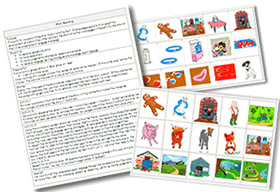
Storyboarding is a good introduction to any narrative text. It encourages pupils to think about the development of a story (they often summarise the story while they are engaged in the activity) and draw on their wide experience of language knowledge.
Exploring Gender 2: Noun Classification
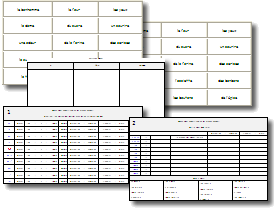
Get children thinking about the characteristics of French nouns right from the start. When sorting cards, they have to look for similarities and differences. These are most obvious in the article (word preceding the noun) which can lead to great discussion, interest and understanding when managed well.
Exploring Gender 3: Kim's Game
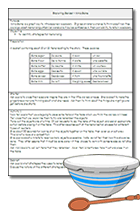
A great way to introduce new vocabulary. It gives children a chance to think about how they could go about memorising unfamiliar words and it builds confidence in their own ability to retain vocabulary.
Exploring Gender 4: Dominoes
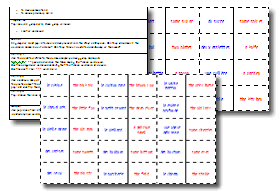
This activity aids recall within the enjoyable context of a game. It helps pupils to be precise about words, distinguishing between des boutons and des bonbons for example. It can consolidate understanding of gender and plural.
Exploring Gender 5: Venn Diagram Adjectives
Help pupils to understand the principals involved in using adjectives in French. It gives them time and opportunity to discuss when and why describing words change.
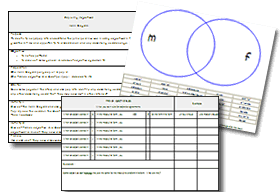
Exploring Verbs
Exploring Verbs 1: Inside Outside Circle
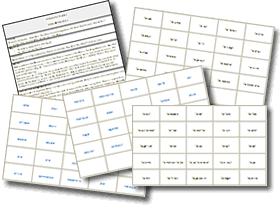
This activity takes all 45 verbs in the story and encourages pupils  to teach them to each other so that collectively they can access the vocabulary in the story.
to teach them to each other so that collectively they can access the vocabulary in the story.
Exploring Verbs 2: Dominoes
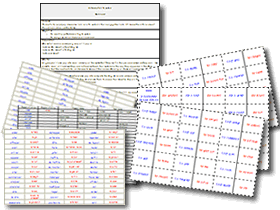
This activity helps pupils become familiar with verbs in their conjugated form. It makes them think about the pronoun as well as the tense.
Exploring Sounds
Exploring Sounds 1: Phonic Grid
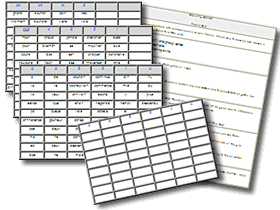
Encourages pupils to consider phonic rules in French. It can help to develop confidence in reading and matching sound to written word.
Exploring Sounds 2: Odd One Out
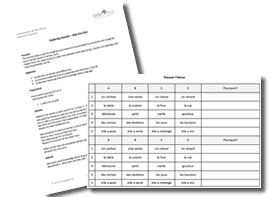
This activity helps pupils to recognise and respond to sound patterns and words and recognise some familiar words in written form.
It gives them the opportunity to make links between some phonemes, rhymes and spellings, and read aloud familiar words.
Exploring Phrases
Exploring Phrases 1: Who is it?
This activity introduces pupils to short phrases that people might use to talk about themselves.
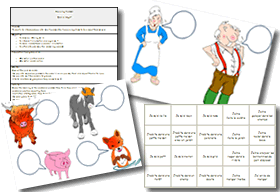
Exploring Phrases 2: Action Charades
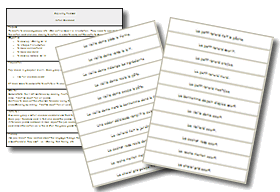
Charades encourage pupils to listen out for specific information. They need to hear both the action word and who is doing the action in order to carry out the activity successfully.
Exploring Phrases 3: Auditory Map from Memory
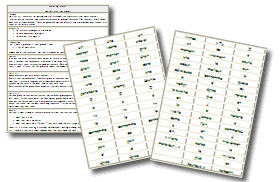 Excellent for getting pupils to think about the characteristics of words and their implications in a sentence. You can use any sentence or group of sentences from the story. More simple ones such as those on sheet 1 focus on gender and position of adjectives, more complex ones can deal with superlatives or verb tenses.
Excellent for getting pupils to think about the characteristics of words and their implications in a sentence. You can use any sentence or group of sentences from the story. More simple ones such as those on sheet 1 focus on gender and position of adjectives, more complex ones can deal with superlatives or verb tenses.
Exploring Phrases 4: Pass the Parcel
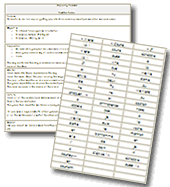 A fun way of getting pupils to think carefully about pronunciation and word order.
A fun way of getting pupils to think carefully about pronunciation and word order.
Exploring Phrases 5: Fortune Line

Encourages pupils to think about how the characters are feeling at different stages in the story. It is developing those vital skills of inference and deduction.
